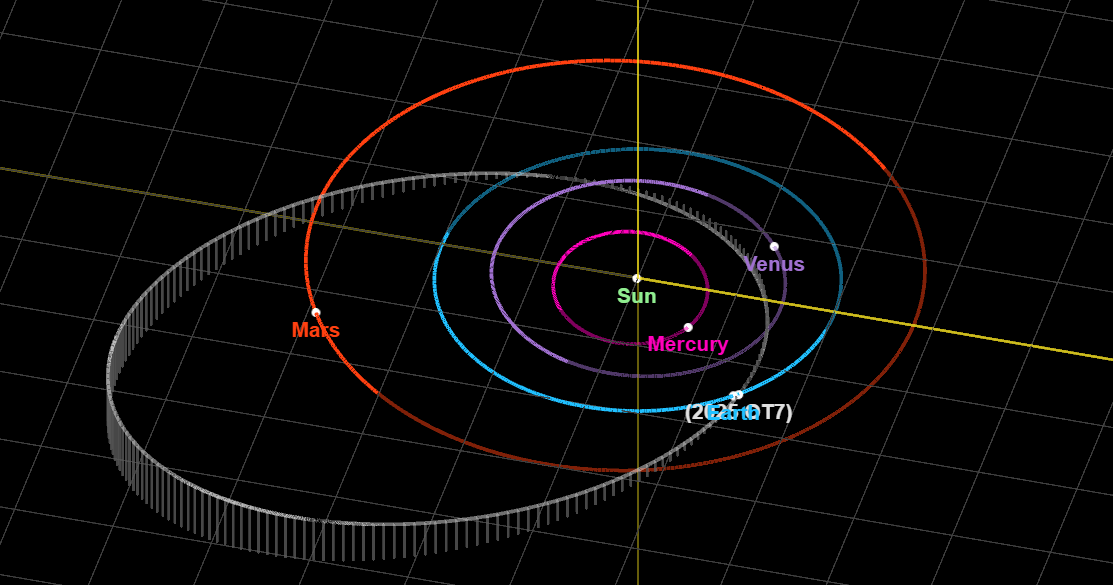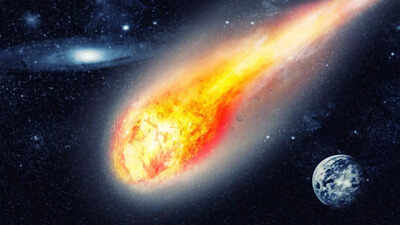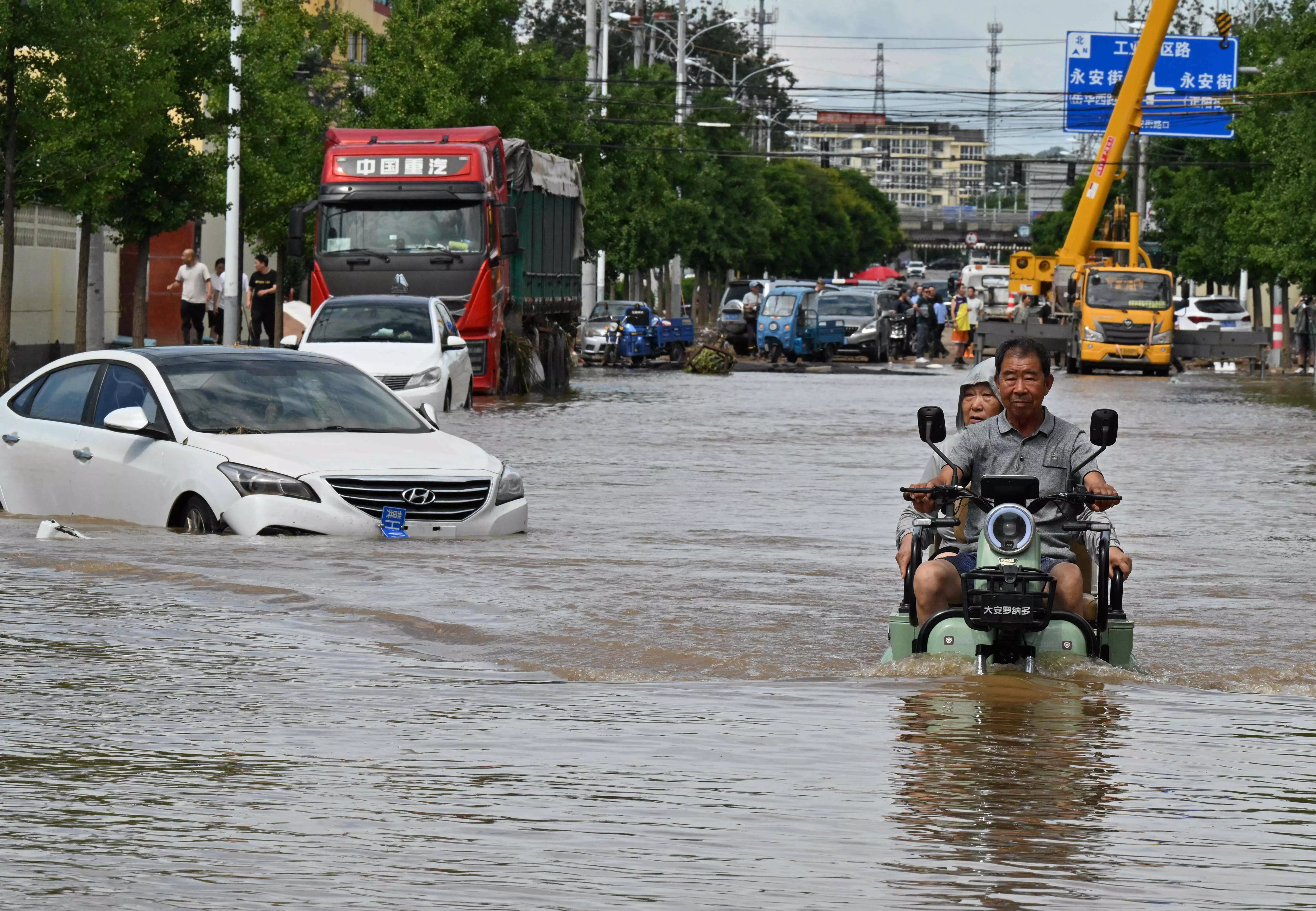Space tracking agencies and planetary scientists are always scanning the skies for close encounters of cosmic bodies with Earth, even when there’s no immediate danger. These flybys of asteroids that pass millions of miles away, remind us of how dynamic, and unpredictable our cosmic neighborhood can be.Monitoring these near-Earth objects (NEOs) helps scientists keep up with their orbital data, test detection systems, and prepare for any unexpected shifts in trajectory, as each close approach is treated as important practice for planetary defense. Even asteroids that pose no threat now, simply by flying within a few million miles, are studied carefully.Recent reports suggest an object named 2025 OT7 is set to make a close approach on 5 August 2025, measuring approximately 170 feet, traveling around 77942 kmh, and passing at about 43,45,228 km from Earth. The asteroid is identified as belonging to the Aten group, whose orbits often cross Earth’s path. Experts have suggested that this flyby poses no danger, since NASA only considers an asteroid potentially hazardous if it passes within 7.4 million km and exceeds 85 meters in diameter.
Why do scientists keep a close watch on asteroids?
Even safe flybys serve as critical rehearsal for planetary defense. Small changes in an asteroid’s orbit, due to gravity or non-gravitational forces like the Yarkovsky effect, can alter future paths. Continuous tracking ensures any deviation is detected early. NASA’s criteria for flagging objects include size and proximity of near space objects.

India is also preparing for future asteroid-based missions
India’s space agency ISRO is also gearing up for future asteroid-focused missions. ISRO Chairman S. Somanath has discussed plans to study larger objects such as Apophis, which will pass near Earth in April 2029, and ambitions to land on asteroids through international collaboration with NASA, ESA, and JAXA.

Can OT7 cause potential harm
While asteroid 2025 OT7 isn’t dangerous, it’s still a reminder of how unpredictable space can be. Even when everything seems calm, things can change in an instant. That’s why scientists closely monitor objects like this, it helps us stay ready for anything.























































